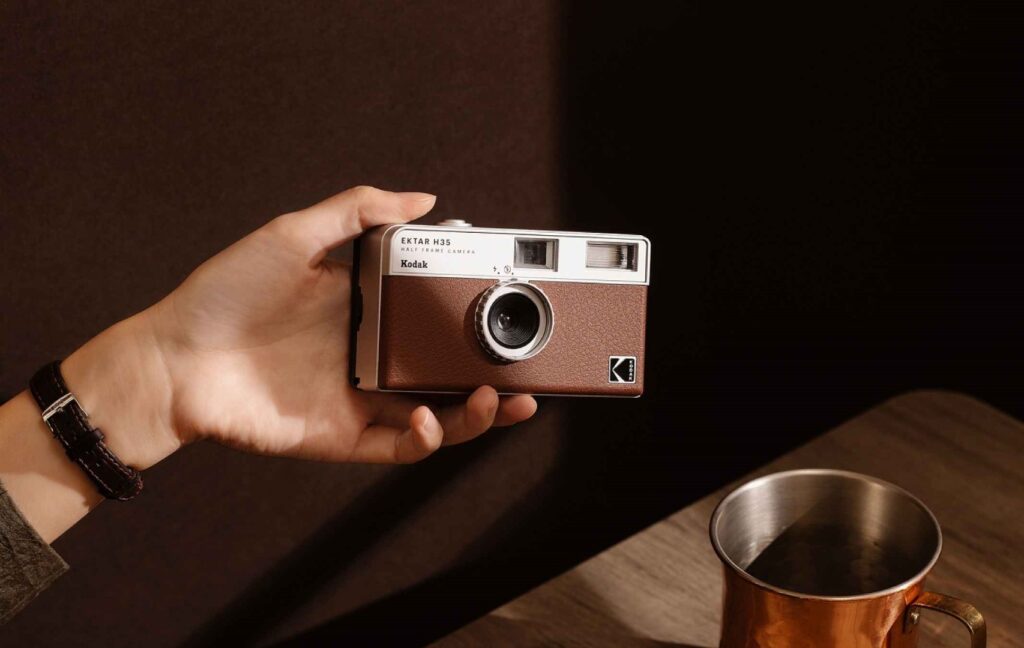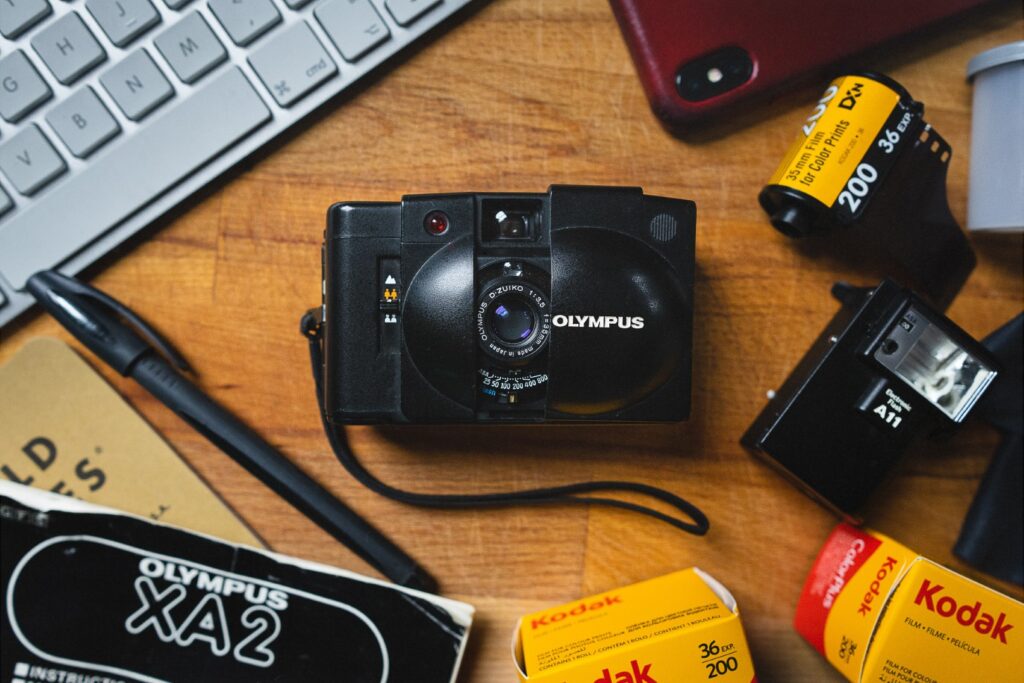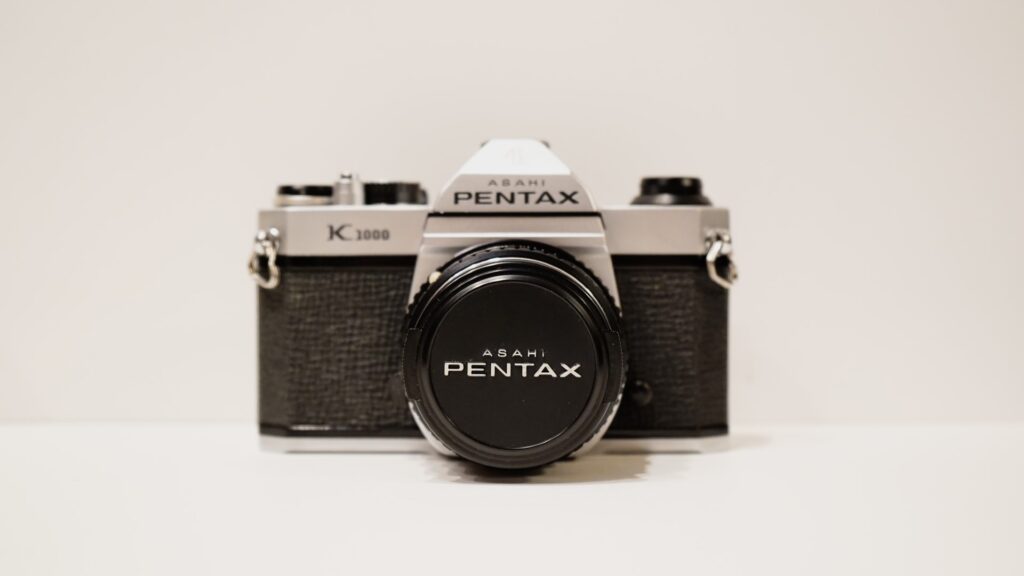Kodak, a leading name in the world of photography, continues its tradition of innovation and reliability with the introduction of the Ektar H35. This camera bridges the gap between classic aesthetics and modern functionality, embodying the essence of Kodak’s commitment to keeping the spirit of analog photography alive. The Ektar H35 is a compact, point-and-shoot camera that appeals to photographers of all skill levels. With its user-friendly features, anyone can capture compelling images, making it a versatile addition to your photography toolkit.
The standout feature of the Ektar H35 is its half-frame design. This clever twist on traditional 35mm film usage allows photographers to capture twice as many photos per roll. It’s an opportunity to push the boundaries of your creativity, presenting unique storytelling potential with each frame. In the following sections, we will explore the specifics of choosing film for the Ektar H35, including an understanding of the camera’s specifications, and the relevance of different film types.
Making the Right Film Choice for the Ektar H35
Choosing the appropriate film for your camera is not just about the film itself, but especially about understanding your camera’s specific characteristics. This understanding is crucial because it can significantly influence the quality of the photographs and your overall photography experience. For the Kodak Ektar H35, this becomes even more relevant due to the camera’s unique design and limited features.
With the Ektar H35, getting the best results involves aligning your film choice with the camera’s specifications, which we’ll delve into in the next section. By making a well-informed decision, you can fully leverage the Ektar H35’s potential.
Understanding the Camera’s Specifications
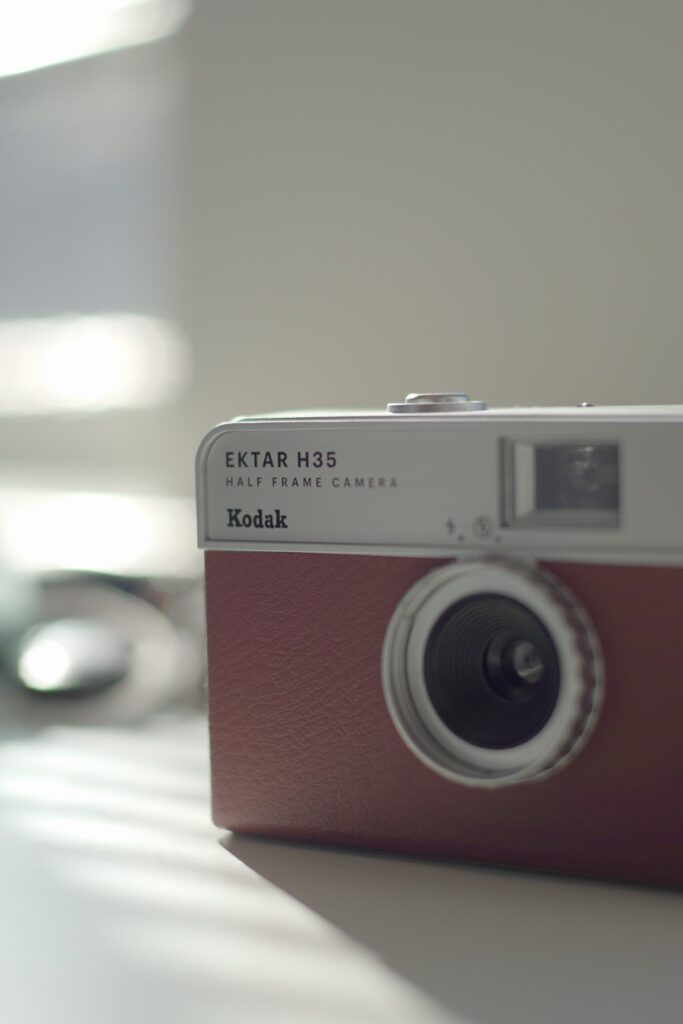
The Kodak Ektar H35 is a 35mm half-frame camera, an intriguing feature that enables the use of standard 35mm film while producing images half the size of a regular 35mm frame. This unique characteristic essentially doubles the number of images you can capture per film roll, thereby expanding your creative scope.
The camera comes with a 22mm f/9.5 fixed lens, delivering a wide field of view suitable for diverse scenes such as expansive landscapes, bustling streets, or group photos. Its lens consists of two elements of optical-grade acrylic, designed to ensure image clarity and sharpness.
When selecting the right film for the Ektar H35, it’s critical to take note of its shutter speed. Set at a fixed 1/100th of a second, the camera’s shutter speed might require some strategic thinking in terms of lighting conditions. You might find that films with higher ISO values can help balance this relatively slow shutter speed, especially in scenarios with less light.
Finally, the Ektar H35 is equipped with an integrated flash, powered by a solitary AAA battery. This feature can be a lifesaver for indoor or low-light photography, providing an extra light source when needed. Nevertheless, it’s worth remembering that the use of flash can influence the overall aesthetics of your images, with the impact varying depending on the type of film chosen.
The Crucial Role of ISO or Film Speed in Selecting Film for the Ektar H35
ISO or film speed is a fundamental attribute to consider when choosing film for any camera, and the Ektar H35 is no exception. The ISO rating represents the film’s sensitivity to light; the higher the ISO, the more sensitive the film is to light, and conversely, lower ISO films are less light-sensitive. For the Kodak Ektar H35, the ISO choice is especially crucial due to the camera’s fixed aperture of f/9.5 and a shutter speed of 1/100th of a second. These characteristics define how the camera captures light, and since they are unalterable, your film’s ISO becomes the pivotal factor for managing different lighting conditions.
The correct ISO in Outdoor Daylight conditions
In bright, outdoor daylight conditions, a film in the 100-200 ISO range would be an appropriate choice. Although a lower ISO film, like 100, ensures that your images aren’t overexposed, preserving detail and color in well-lit scenarios, it requires a more nuanced understanding of light conditions and camera settings. Therefore, I would only recommend going for ISO 100 if you’re an experienced photographer who knows how to adjust to varying lighting conditions.
On the other hand, an ISO 200 film might offer more versatility, particularly for those who are less experienced or prefer a more forgiving film. This is because film typically handles overexposure better than underexposure, allowing for clearer shots even when the light conditions fluctuate. So, for many, ISO 200 will provide a good balance of light sensitivity and grain, making it a versatile choice for the Ektar H35.
The correct ISO in lower Light conditions
If you’re planning to shoot in lower light conditions, a film with a higher ISO value may be more appropriate. Given the Ektar H35’s fixed shutter speed and aperture, achieving perfectly lit photographs in dimly lit environments can be challenging, so films with higher ISOs like 400 can help compensate for this.
Nonetheless, it’s crucial to be aware that higher ISO films, while providing more light sensitivity, can also result in grainier images. This effect might either work to your advantage, adding an artistic, vintage quality to your shots, or it could detract from your desired aesthetic, especially if you’re aiming for a cleaner, sharper look.
The Impact of Half-Frame Format on Image Graininess and ISO Selection
Another point to consider is that because the Ektar H35 is a half-frame camera, each image will be half the size of a regular 35mm frame. This essentially doubles the perceived granularity, since the same amount of grain is concentrated into a smaller area when the image is viewed or printed at the same size as a full-frame photo. This might be something to bear in mind when choosing a higher ISO film for this camera.
Although using an ISO film of up to 400 can be advantageous in certain low light scenarios, I would not recommend going over 400. The increased graininess could potentially overpower the finer details of your image, particularly in a half-frame format. Balancing the ISO level with your lighting conditions, intended aesthetic, and the camera’s specifications will help you achieve the best possible results with the Kodak Ektar H35.
The Sunny 16 Rule and the Ektar H35
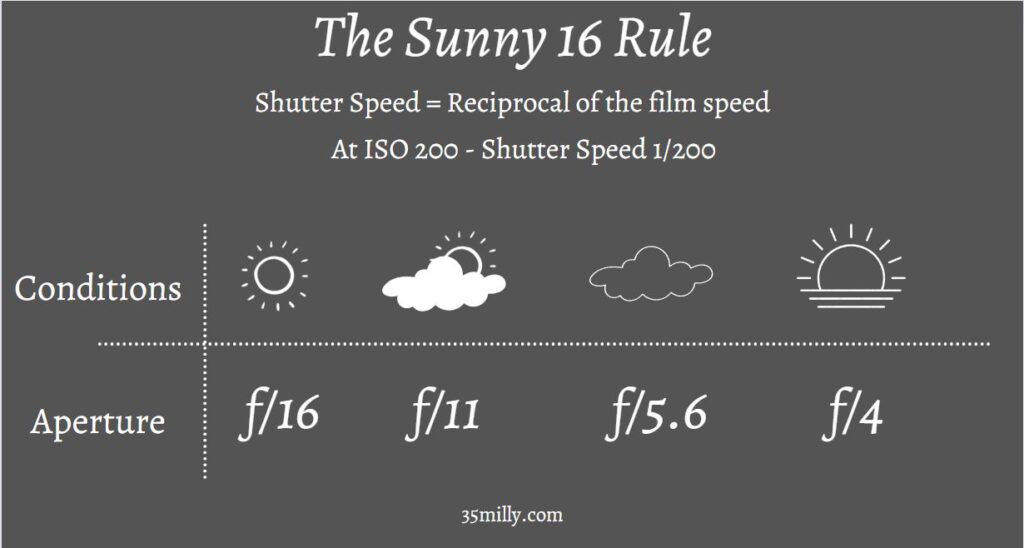
The Sunny 16 Rule is an essential guideline that can help photographers estimate the correct daylight exposures without the need for a light meter. Given the Ektar H35’s fixed aperture and shutter speed, understanding and applying this rule becomes even more crucial. To delve deeper into the specifics of the Sunny 16 Rule, you can refer to our comprehensive guide to the Sunny 16 Rule.
In the context of the Ektar H35, the Sunny 16 Rule can provide a handy benchmark for choosing the right ISO film depending on the lighting conditions. Given that the aperture is fixed at f/9.5 and the shutter speed is consistently at 1/100th of a second, your choice of film speed (ISO) becomes the primary variable you can adjust to ensure proper exposure. Here’s a simplified guide:
| Aperture | Shutter Speed | ISO Film | Lighting Condition | Shadow Detail |
|---|---|---|---|---|
| f/9.5 | 1/100 | 100 | Bright sun, snow/sand | Dark with sharp edges |
| f/9.5 | 1/100 | 100 | Sunny, distinct shadows | Distinct |
| f/9.5 | 1/100 | 200 | Slightly overcast, soft shadows | Soft around edges |
| f/9.5 | 1/100 | 200 | Overcast, barely any shadows | Barely visible |
| f/9.5 | 1/100 | 400 | Heavy overcast, no shadows | No shadows |
| f/9.5 | 1/100 | 400 | Open shade/sunset/indoors | No shadows |
The table gives you an idea of how different lighting conditions and film ISOs can interact with the Ektar H35’s fixed aperture and shutter speed. The ISO film speed and corresponding lighting conditions provided are rough guidelines that should serve as a starting point, with adjustments made based on experience and the specific lighting situation at hand.
In addition to the table and the Sunny 16 rule, a useful tool to determine the correct exposure is a light meter app on your smartphone. By setting the app to f/9.5 and the ISO of your chosen film, you can see how many stops away the camera’s exposure is from the recommended shutter speed, allowing you to make more informed decisions when shooting.
Understanding Exposure Latitude and its Relevance
Exposure latitude is a term that describes the range of light levels a film can handle while still producing a usable image. It’s often measured in ‘stops’, where one stop equates to a doubling or halving of the light. The higher the exposure latitude of the film, the more it can handle variances in exposure. This ability is particularly beneficial when using a camera like the Ektar H35, with its fixed shutter speed and aperture.
Film that is good at handling overexposure is particularly advantageous since film traditionally copes better with overexposure than underexposure. For instance, a film that can handle a latitude of +/- 3 stops can still provide a good image even if the exposure settings on the camera were 3 stops too bright or too dark. This is a significant advantage when using the Ektar H35 as it allows a greater margin for error and flexibility, especially useful for beginners or in unpredictable lighting situations. However, note that not all films are created equal in this regard. For instance, slide film is known for having a lower exposure latitude, making it less forgiving in less-than-ideal light conditions. Therefore, understanding exposure latitude and the specific characteristics of the film you’re using can greatly enhance your experience with the Kodak Ektar H35.
Balancing Budget and Quality
Given the Ektar H35’s unique characteristics, this camera encourages you to embrace spontaneity and creativity in your photography. Its compact size lets you bring it along on any adventure, and the half-frame format doubles the number of exposures per roll, pushing you to experiment.
Based on this, I typically recommend leaning towards budget film stocks or even experimental films for the Ektar H35. These cost-effective options give you plenty of room for trial and error without the worry of wasting expensive film on a shot that doesn’t turn out as you hoped. Plus, they can lend your photos a distinct aesthetic that enhances the charm of shooting with the Ektar H35.
That said, while you might be tempted to save your higher-end, premium films for a full-fledged SLR where you have more control, the choice is ultimately yours. There aren’t any strict rules about which film to use with the Ektar H35. Your decision should be driven by your personal preferences, the type of photography you’re aiming for, and, of course, your budget.
Developing and Scanning
Developing and scanning your film are integral steps in your journey with the Kodak Ektar H35. You can choose to either develop your film at home, requiring some equipment and expertise, or send it to a lab for professional handling. When it comes to scanning, converting your negatives into digital files can be carried out by you with a film scanner, or it can be done at a lab. Remember, the scanning settings can impact the final look of your photos.
However, when dealing with half-frame film like that from the Ektar H35, be cautious before handing over your film to a lab. Some labs might charge you extra for scanning half-frame film due to the increased number of images. It’s important to clarify this before you agree to their services. Always ask how they handle half-frame films and ensure they don’t overcharge for development – the process is the same as for standard frames. If they propose a small surcharge for the extra scanning work, it might be acceptable, but some labs ask for too much. In such cases, it could be more economical to request standard scanning and crop the images yourself during post-processing. This way, you retain control over your budget while ensuring you get the most out of your film photography experience with the Ektar H35.
What is the correct Film Size for the Kodak Ektar H35?
The Kodak Ektar H35, like many film cameras, uses standard 35mm film, which is widely available and comes in an array of types and speeds. Although there are other film formats in the world of film photography such as medium format (120 film) and large format, these are not compatible with the Ektar H35. When shopping for film for your camera, always ensure you’re purchasing 35mm film to ensure it fits and operates correctly in your device.
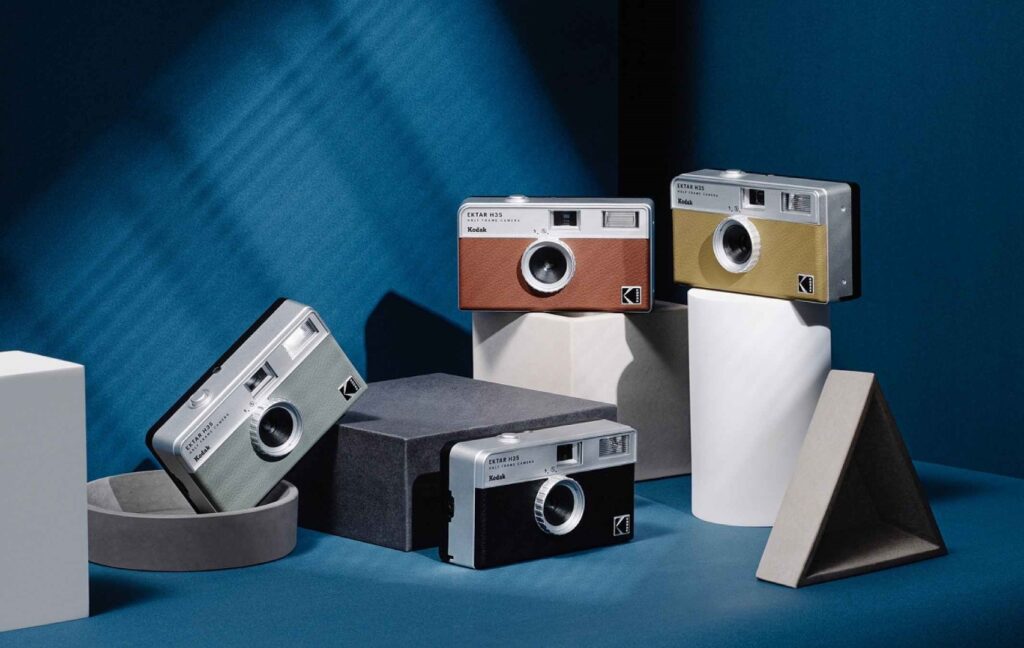
Differentiating Between Film Stocks: Color, Black and White, and Slide Film
Color Negative Film: Color negative film is a versatile choice for a wide range of situations. It handles overexposure well and generally has good exposure latitude, which makes it a great option for the Ektar H35. Examples include Kodak Gold 200 and Fujicolor 200. However, for premium color film, bear in mind the cost and whether it’s worth using it in a camera with fixed settings like the H35.
Black and White Film: Ideal for those interested in monochrome photography, black and white film can create images with a unique depth and texture. It’s often cost-effective, and an excellent choice for those who wish to try home developing, as the process is simpler than for color film. With good exposure latitude and a range of options for all budgets from companies like Fomapan, Rollei, Ilford, and Kentmere, black and white film is a flexible choice for the Ektar H35.
Slide Film: While slide film can produce exceptionally vibrant and detailed images, it might not be the best choice for the Ektar H35. Its narrow exposure latitude and the high cost might not justify its use in a camera where you can’t control the aperture or shutter speed. The resulting images might not take full advantage of what slide film can offer, making it a less cost-effective choice for the H35.
The Best Film Choices for the Kodak Ektar H35
Color Films
Fujifilm Fujicolor 100: This is an excellent choice for shooting in well-lit conditions. Fujicolor 100 delivers vibrant, true-to-life colors and manages to keep grain to a minimum, making it ideal for the half-frame format of the Ektar H35. With a relatively narrow exposure latitude, this film is more suited to experienced photographers who can accurately judge lighting conditions. However, its low ISO ensures that your outdoor photos will be sharply detailed and grain-free. Check current prices here.

Kodak Gold 200: A versatile and user-friendly film, Kodak Gold 200 strikes a good balance between light sensitivity and grain. It has a wider exposure latitude than the Fujicolor 100, making it a more forgiving choice for those impromptu shoots. Its ISO 200 rating is well-suited to the Ektar H35’s fixed aperture and shutter speed, providing a good level of flexibility even in less than perfect lighting conditions. This film is renowned for its fine grain, which translates into sharper images when printed or viewed at the same size as a full-frame photo. Definitely get this film and try it out if you are new to film photography. Check current prices here.

Lomography 400 Color Negative: This is a good option for those shooting in varied or lower light conditions, as its higher ISO rating gives more flexibility. As the ISO increases, so does the graininess of the images, but this could be viewed as an artistic plus, adding to the analog charm of your photos. When using this film with the Ektar H35, it’s important to note that the grain might be more noticeable due to the half-frame format, but this can create a distinctive, vintage look. This film also has a broad exposure latitude, making it more forgiving of exposure mistakes, which can be quite useful given the fixed settings of the Ektar H35. Check current prices here.
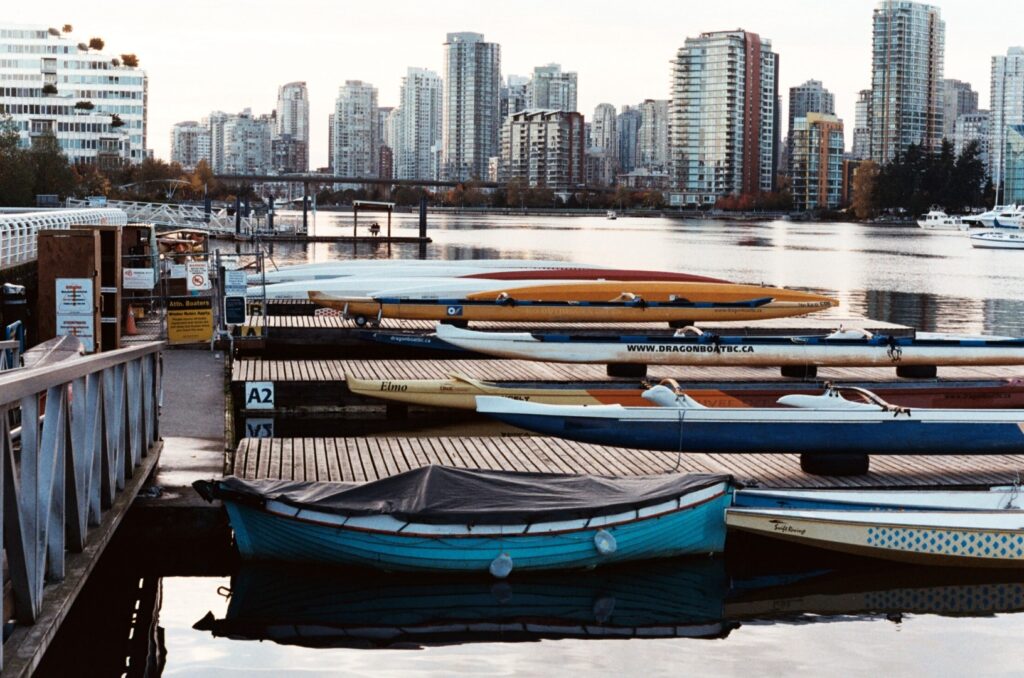
Black and White Films
Fomapan 400 is an affordable, black and white film that offers a unique combination of versatility and character. It’s a panchromatic film with an ISO of 400, making it well-suited for a range of lighting conditions, from bright outdoor settings to more subdued indoor environments. This film is particularly appreciated by photographers who enjoy experimenting with different styles and techniques, thanks to its distinctive grain structure and high contrast.
One of the notable features of Fomapan 400 is its ability to produce images with a classic, somewhat vintage look, characterized by deep blacks and a wide range of gray tones. The film’s grain is more pronounced than that of some higher-priced counterparts, which can add a dramatic effect to photographs, particularly in larger prints.
Fomapan 400 is also known for its flexibility in development. Photographers can push or pull the film to adjust its sensitivity to light, allowing for greater creative control over the final image outcome. This makes it a popular choice for those who like to process their own film and experiment with different development techniques. Check current prices here.

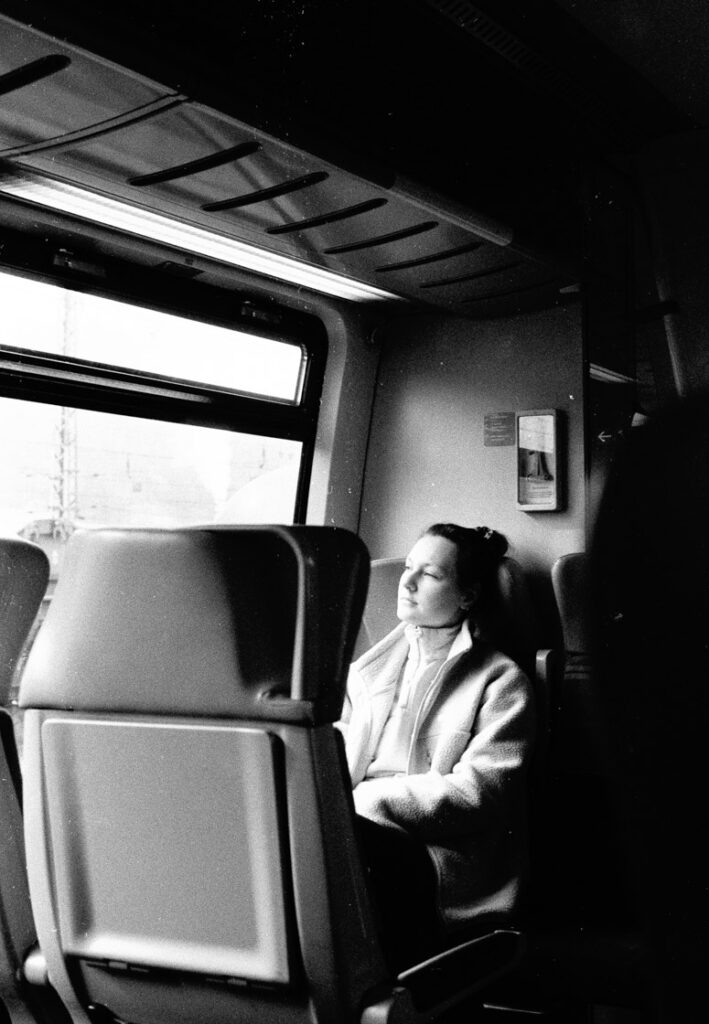
For more Foma 400 images, check out my Fomapan 400 Flickr album. We’ve captured our firsthand experiences with Fomapan 400 in this YouTube video, covering everything from shooting to self-developing the film. Take a look for a comprehensive look.
Ilford Pan F Plus 50: Renowned for its extraordinarily fine grain and high resolution, Ilford Pan F Plus 50 can deliver sharply detailed images, especially in abundant light. Despite its lower ISO rating, under optimal lighting conditions, it pairs superbly with the Ektar H35. The film provides images with excellent contrast and a wide tonal range, but it has a relatively narrow exposure latitude, so precise exposure is critical. It’s a perfect choice for those sunny days when you want to capture detailed, high-contrast black and white shots. Check current prices here.

Fomapan 200 Creative: For those after a distinctive and artistic look, Fomapan 200 Creative offers fine grain, high sharpness, and a pleasing level of contrast. Notably, it has a broad exposure latitude, making it forgiving and versatile, which is beneficial when working with the fixed settings of the Ektar H35. You’ll be able to achieve satisfying results in various lighting situations, from bright outdoor settings to slightly dimmer environments. Its ISO 200 rating offers a decent amount of flexibility, providing reasonably sharp images without too much grain, ideal for the half-frame format. Check current prices here.

Kentmere 400: A more budget-friendly option for those who are cost-conscious but still want high-quality results. Kentmere 400, made by Harman Technology (who also manufactures Ilford films), is known for its fine grain and excellent sharpness. With an ISO of 400, it’s a versatile choice, ideal for the Ektar H35 when shooting in a variety of lighting conditions. Although it’s not as renowned as something like the Kodak Tri-X, it certainly holds its own in terms of image quality, providing a high level of detail and contrast. Its reasonable price point and solid performance make it an excellent choice for photographers experimenting with the Ektar H35. Check current prices here.
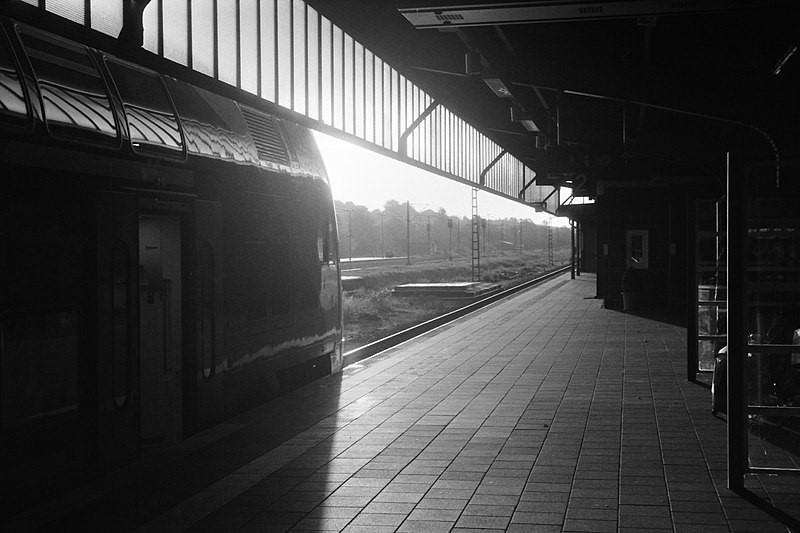
Experimental Alternatives
Lomography LomoChrome Purple XR 100-400: This unique film produces unconventional color shifts, transforming greens into purples for a surreal effect. It might be an exciting option if you’re looking to experiment and add an artistic touch to your images. Check current prices here.
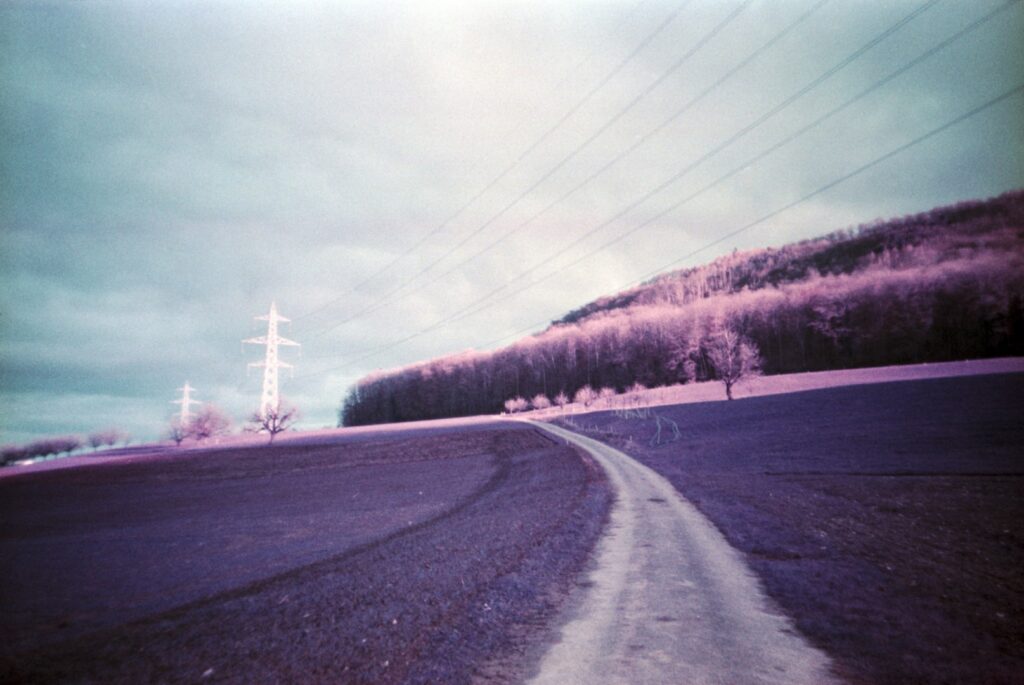
Revolog Kolor: This film adds random color effects and streaks to your photos, making each shot unique. It’s ideal for playful and experimental photography. Check current prices here.

KONO! Monolit: This is a unique black and white film that’s been pre-exposed to achieve a high contrast, surreal effect. It’s a perfect match for the Ektar H35 if you’re looking to add an experimental twist to your shots. The unique pre-exposure and high contrast look can lead to some visually stunning and unexpected images, making your photo journey even more exciting. Check current prices here.

Where to Buy Film
Acquiring film for your Kodak Ektar H35 can be accomplished through a variety of sources. Here are a few places I’d recommend:
- Amazon: As one of the largest online marketplaces, Amazon carries an extensive range of film stocks from different manufacturers. It offers competitive prices, customer reviews, and the convenience of home delivery. From the comfort of your home, you can browse and choose the right film for your camera.
- eBay: If you’re hunting for unique or discontinued film stocks, eBay might be your best bet. It’s also a place where you can find great deals. However, ensure that you purchase from reputable sellers to avoid issues related to film quality.
- Online Specialty Stores: Websites like The Film Photography Project, Freestyle Photographic Supplies, and Analogue Wonderland are dedicated to film photography and stock a vast variety of film types, including more obscure and experimental ones. Apart from providing a wide selection, they also offer rich resources on film photography, which can be beneficial to your photographic journey.
- Local Camera Stores: Your local photography stores and specialized camera shops might carry a selection of film stocks. While their range might be more limited compared to online retailers, the advantage lies in the in-person advice you can get from knowledgeable staff. These stores often house experts who can guide you on the right film to choose for your Kodak Ektar H35.
No matter where you choose to buy your film, ensure it is stored properly – in a cool, dry place and always check the expiration date. Using film before its expiration guarantees the best results.
Frequently Asked Questions About Using Film in the Kodak Ektar H35
Can I use black and white film in my Kodak Ektar H35?
Absolutely. The Kodak Ektar H35 is compatible with both black and white and color 35mm film. The type of film you choose depends on your aesthetic preferences and the style of images you want to create.
Is it possible to use slide film with the Kodak Ektar H35?
Yes, you can use slide film in the Ektar H35. However, it’s essential to remember that slide film typically has a narrower exposure latitude and is less forgiving to exposure mistakes compared to color negative film. Given the Ektar H35’s fixed shutter speed and aperture, this may make achieving the correct exposure challenging.
What is the best ISO for the Kodak Ektar H35?
The “best” ISO largely depends on the lighting conditions you plan to shoot in. In bright, outdoor daylight, a lower ISO like 100 or 200 might be best. For lower light conditions or indoor settings, a higher ISO like 400 may be more suitable.
Can I develop film from the Kodak Ektar H35 at home?
Yes, you can. Developing film at home requires some additional equipment and chemicals, but it can be a rewarding process and often more cost-effective in the long run. It’s particularly straightforward with black and white film, which is more forgiving to minor variations in development times and temperatures.
What happens if I use expired film in the Kodak Ektar H35?
Expired film can lead to interesting and unexpected results, including changes in color, increased grain, and contrast shifts. While these effects can sometimes be artistically appealing, they can also be unpredictable. If consistency and predictability are important to you, it’s best to use film that’s within its expiration date.

